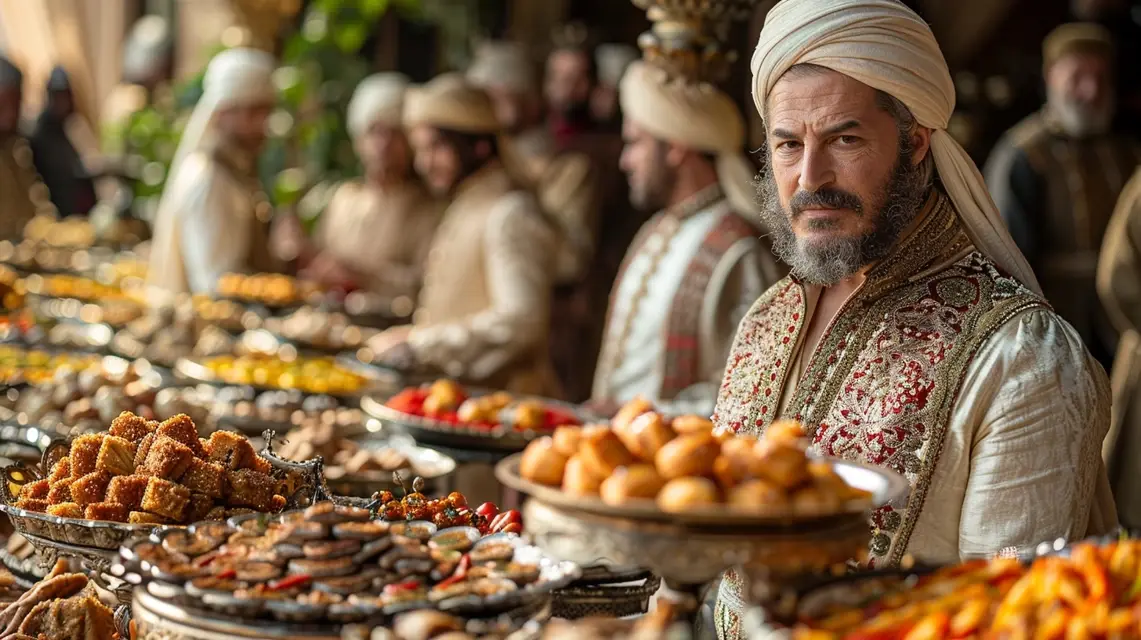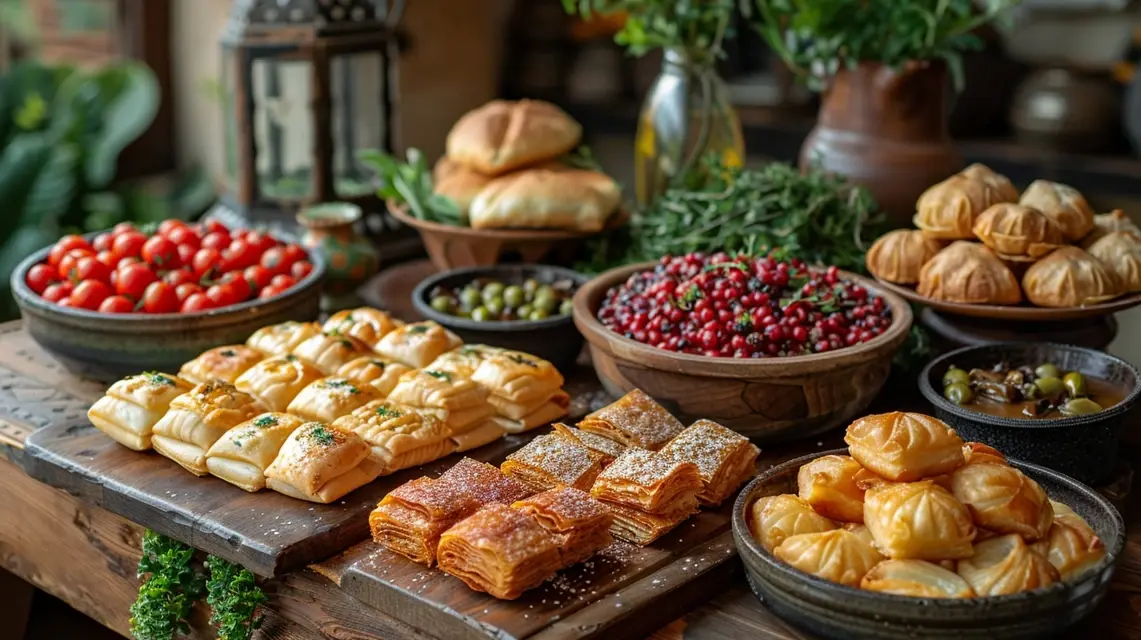Why Kataifi Is a Holiday Favorite in Greece
Across Greece, holidays are marked not only by music, family gatherings, and traditions but also by beloved desserts that capture the spirit of celebration. Among them, kataifi stands out as one of the most cherished sweets. Its golden threads of pastry, filled with nuts and drenched in syrup, are more than just a culinary delight—they embody the joy and warmth of Greek holidays.
The Festive Appeal of Kataifi
Kataifi is especially popular during holidays because of its richness and elegance. The dessert is visually striking, with its golden strands and glossy syrup, making it the perfect centerpiece for festive tables. Its sweet yet balanced flavors symbolize abundance and togetherness, values deeply connected to holiday traditions in Greece.
A Dessert for Every Celebration
Although kataifi is enjoyed year-round, it takes on a special role during key holidays:
- Christmas: Served alongside melomakarona and kourabiedes, kataifi adds variety to festive dessert platters.
- Easter: Shared after long family meals, offering sweetness to mark renewal and joy.
- Name days and feast days: Offered to guests as a symbol of generosity and celebration.
The Symbolism of Kataifi During Holidays
In Greek culture, sweets often carry symbolic meaning. Kataifi, with its layers of pastry and syrup, represents life’s richness and the importance of sharing. Offering kataifi to guests during holidays reflects the Greek ideal of philoxenia—hospitality and kindness toward visitors.
Kataifi as a Family Tradition
Beyond its taste, kataifi is cherished because of the memories tied to it. Preparing kataifi is often a multigenerational activity, with grandmothers teaching their children and grandchildren how to roll and fill the pastry. These shared experiences strengthen family bonds and keep traditions alive.
The Joy of Homemade Kataifi
While many Greeks buy kataifi from bakeries during the busy holiday season, homemade versions remain a treasured tradition. The act of preparing kataifi at home—handling the delicate strands, filling them with nuts, and soaking them in syrup—adds a personal touch to holiday gatherings.
Kataifi on the Holiday Table
A Greek holiday table would feel incomplete without kataifi. Its presence adds color, sweetness, and nostalgia, reminding everyone of the continuity of tradition. Alongside savory dishes, wines, and festive decorations, kataifi enhances the celebratory atmosphere.
Conclusion: A Dessert That Defines the Holidays
Kataifi’s enduring place in Greek holidays comes from both its taste and its symbolism. More than a dessert, it represents heritage, family, and generosity. Whether served during Christmas, Easter, or festive name days, kataifi remains a holiday favorite that continues to connect generations through sweetness and tradition.
Related reading: Dive deeper into cultural dessert traditions in our Kataifi Dessert Traditions section.




